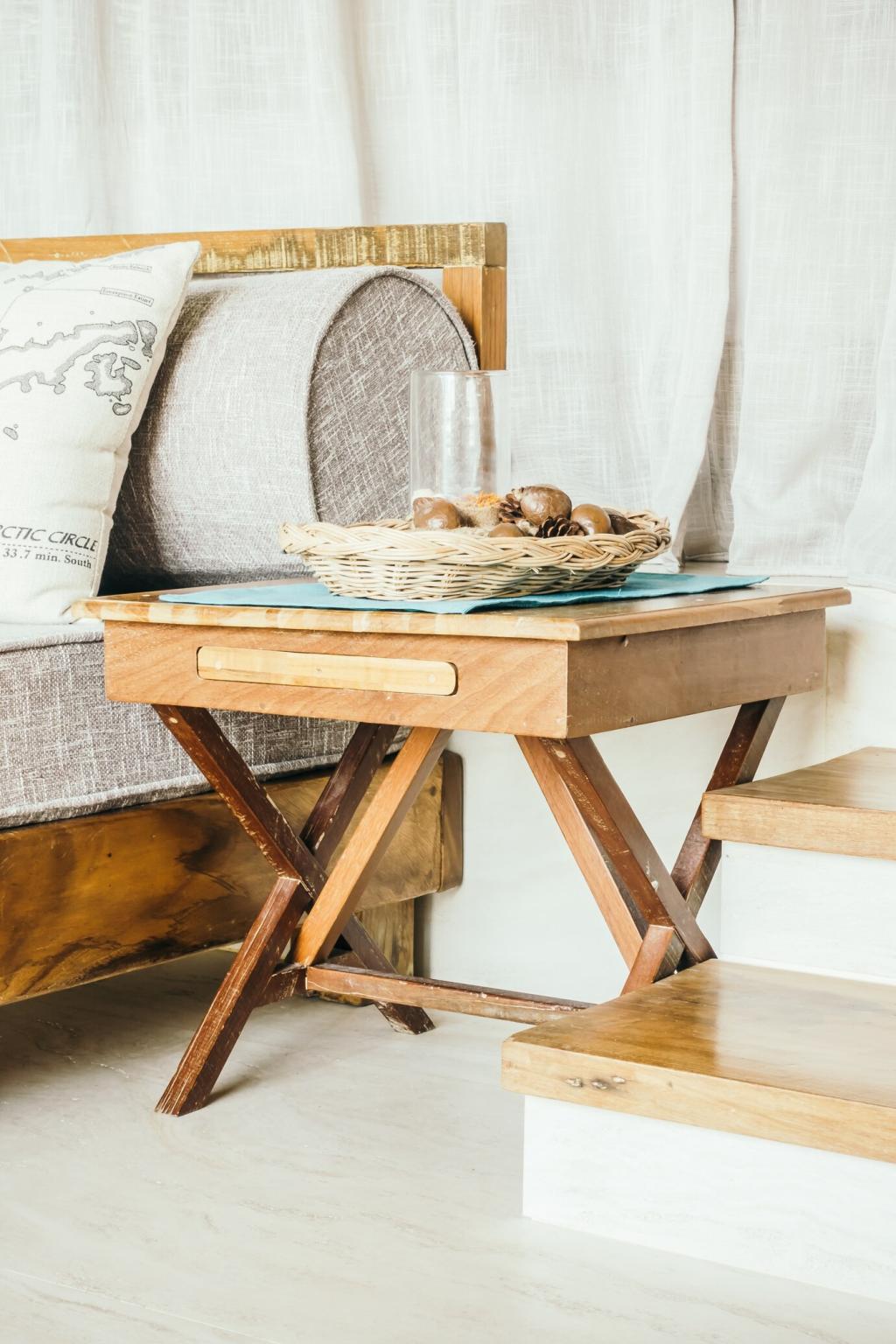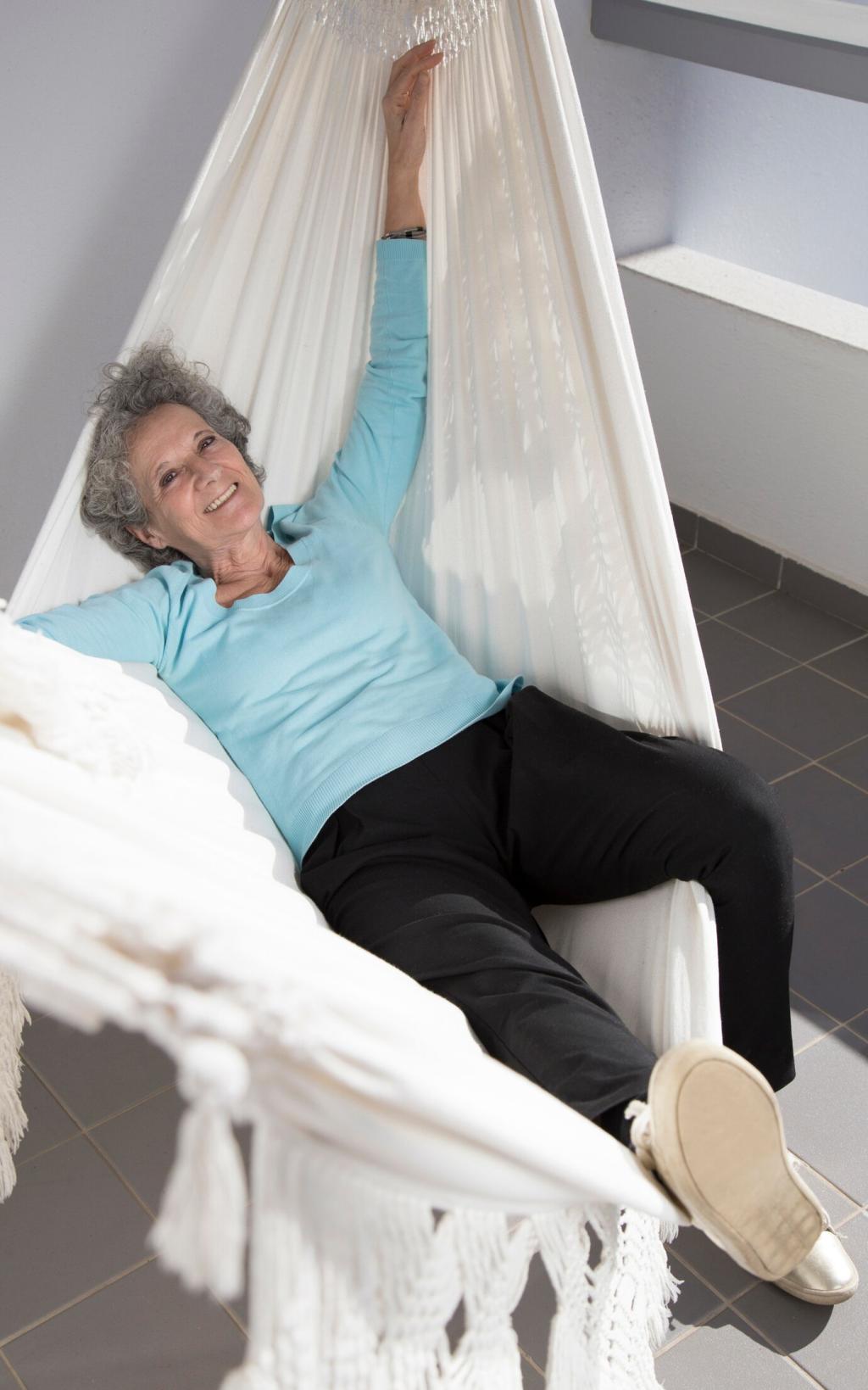
Care That Lasts: Routine Maintenance for Wooden Tables and Chairs
Chosen theme: Routine Maintenance for Wooden Tables and Chairs. Welcome to a warm, practical guide that helps your favorite dining table and chairs age gracefully, host joyfully, and stay sturdy for decades. Follow along, share your wins and questions, and subscribe for fresh tips that fit neatly into real life.
Create a Maintenance Rhythm That Sticks
Once a week, wipe table tops and chair frames with a dry microfiber cloth, following the grain to lift dust instead of grinding it in. Finish by checking chair pads and runners under the legs. Share your quick ritual in the comments to inspire others.
Create a Maintenance Rhythm That Sticks
Each month, use a lightly damp microfiber cloth with a drop of pH-neutral soap to remove fingerprints and grime, immediately drying afterward. Avoid soaking edges and joints where moisture can creep. If you track results, you will notice fewer water rings and dull spots.
Create a Maintenance Rhythm That Sticks
At the start of each season, inspect for wobbles, hairline cracks, and finish dulling. Tighten accessible screws, gently test joints, and condition oiled finishes. A short checklist beats surprise repairs later. Subscribe to get our seasonal care reminders delivered before the weather shifts.

The Right Cloth Makes All the Difference
Microfiber traps dust instead of pushing it around, minimizing micro-scratches and keeping sheen even. Keep separate cloths for dry dusting and damp cleaning to avoid residue. Wash them without fabric softener, which can leave films that smear and attract new dirt quickly.
Choosing Safe Wood Cleaners and Polishes
Avoid silicone-heavy polishes that build slick layers and complicate future refinishing. Look for pH-balanced cleaners and polishes formulated for your finish type. A few light passes beat heavy applications. If you are unsure, ask below and share photos for tailored product suggestions.
Always Test in a Hidden Spot
Before applying any cleaner or conditioner, test beneath the table or under a chair seat. Wait a full day to observe for clouding, tackiness, or color change. This small habit prevents patchy shine and ensures your routine stays safe for the finish you cherish.
Protect the Surfaces You Love
Coasters, Placemats, and Daily Dining
Use absorbent coasters for cold drinks and real trivets for hot dishes. Placemats reduce utensil scratching and catch crumbs that abrade finishes. Encourage guests to lift plates instead of sliding them. Over time, these tiny habits keep the grain crisp and the sheen even.
Heat and Sunlight Are Quiet Enemies
Direct sun can bleach wood and soften some finishes, while heat leaves white rings. Rotate table position seasonally, draw curtains during peak sun, and rest hot pots on thick trivets. Your future self will appreciate the even tone and absence of stubborn heat marks.
Chairs Need Pads, Too
Felt pads on chair feet prevent scuffs on both floors and chair legs. Replace pads when they compress or collect grit that can scratch. For upholstered seats, gently vacuum seams to remove crumbs that grind into the wood frame every time someone sits down.


Tight Joints, Quiet Seats
Place the table on a level surface and gently rock diagonal corners; do the same with chairs. Tighten accessible hardware with proper-sized drivers. If a screw spins, do not overtighten—use a toothpick and wood glue insert to restore grip before carefully reinstalling the screw.
Tight Joints, Quiet Seats
Traditional mortise-and-tenon joints rely on snug fit and proper adhesive. If you hear a rhythmic squeak, the joint may be sliding dry. Disassemble only if you are comfortable, clean old glue carefully, and reglue with wood-specific adhesive. When unsure, consult a pro and document steps.
Know Your Finish, Serve It Well
Spot the Finish: Quick Identification Tips
Rub a small hidden area with a cotton swab dipped in alcohol. If it gets tacky, it may be shellac; lacquer softens with lacquer thinner. Hard varnish resists solvents, while oil finishes feel more natural and matte. Identification guides your safe cleaner and conditioner choice.
Oiled Surfaces Love Nourishing, Not Drenching
Apply a thin coat of quality furniture oil quarterly, letting it penetrate briefly before buffing dry. Excess oil attracts dust and turns sticky. Always work with the grain and ventilate well. Keep a log so you do not over-treat and dull the natural luster.
Waxing for a Soft Glow Without Build-Up
Use a hard paste wax sparingly, applying a whisper-thin layer and buffing thoroughly. Too much wax clouds detail and grabs fingerprints. Avoid silicone sprays before waxing. A careful wax once or twice a year can protect high-wear areas like chair rails and table edges beautifully.
Climate, Movement, and Safe Handling
Aim for indoor humidity around 40–55 percent. In dry seasons, use a humidifier; in muggy months, dehumidify and circulate air. Stable humidity reduces cracks, loose joints, and finish checking. Place instruments away from vents and radiators to minimize uneven moisture swings.
Join our mailing list
